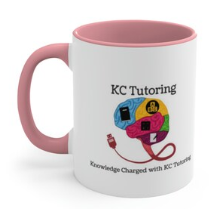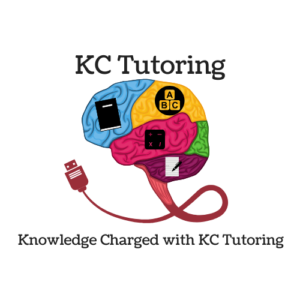Dyslexia is a neurodevelopmental disorder that affects an individual’s ability to read and write. The disorder is characterized by difficulties in decoding, phonological processing, and word recognition. These difficulties can lead to problems in acquiring and using written language, which can have a significant impact on an individual’s academic, occupational, and social functioning.
The exact cause of dyslexia is not fully understood, but it is believed to be a combination of genetic and environmental factors. Research has shown that dyslexia is associated with abnormalities in specific areas of the brain, including the left-hemisphere language areas and the cerebellum. Studies have also shown that dyslexia is more common in males than in females and that it tends to run in families.
The diagnosis of dyslexia is typically made by a multidisciplinary team of professionals, including psychologists, speech-language pathologists, and educators. The assessment process typically includes a thorough evaluation of an individual’s reading and writing abilities, as well as an examination of their cognitive and linguistic skills.
There are various interventions available for individuals with dyslexia, including phonological awareness training, multisensory structured language instruction, and assistive technology. These interventions are designed to help individuals with dyslexia develop the skills they need to read and write effectively.
One of the most effective interventions for dyslexia is the Orton-Gillingham approach, which is a multisensory and structured approach to teaching reading and writing. This approach is based on the idea that individuals with dyslexia need explicit, systematic instruction in the structure of language in order to learn to read and write. The approach emphasizes the use of visual, auditory, and kinesthetic cues to help individuals with dyslexia understand the relationships between letters, sounds, and words.
Another effective intervention is the use of assistive technology, such as text-to-speech software, which can help individuals with dyslexia access written materials. This software can be used to read text aloud, which can help individuals with dyslexia comprehend the material and improve their reading fluency.
In conclusion, dyslexia is a common neurodevelopmental disorder that affects an individual’s ability to read and write. The exact cause of dyslexia is not fully understood, but it is believed to be a combination of genetic and environmental factors. There are various interventions available for individuals with dyslexia, including phonological awareness training, multisensory structured language instruction, and assistive technology. These interventions have been shown to be effective in helping individuals with dyslexia develop the skills they need to read and write effectively.
#dyslexia #kctutoring
Check out our mug and shirts!


